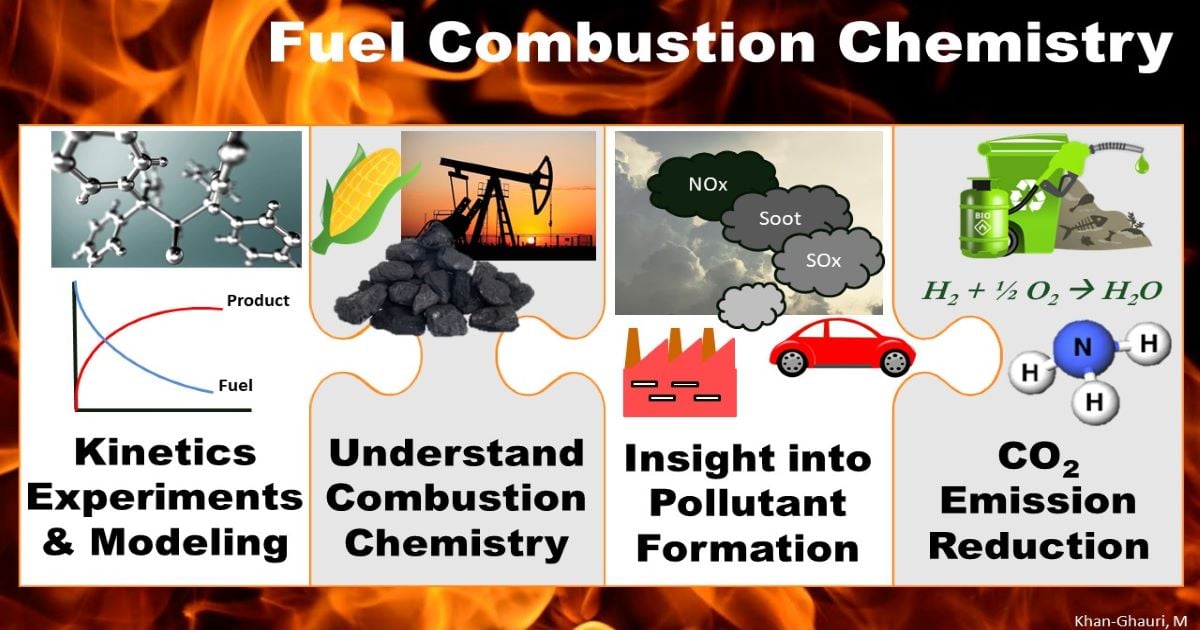Fuel Combustion Chemistry
Topic Information
Dear Colleagues,
Over the past thirty years, thanks to continuous advances in experimental and theoretical techniques, tremendous improvements have been made in our detailed understanding of fuel combustion chemistry. This progress has led to tremendous enhancements in the efficiency of and the reduction in pollutant emissions from transportation devices (cars, planes, etc.) and energy production facilities. However, despite this progress, a deeper understanding is still needed to overcome the present and future challenges associated with energy production, such as CO2 emission reduction (carbon-free fuels such as hydrogen, ammonia, biofuels, and better understanding on the chemistry of fossil fuels) and pollutant formation (NOx, SOx, soot) and their interactions during combustion. The combustion community is as active as ever on these topics, and the aim of this Topic is to provide an overview of recent progress in these areas by leading experts in the field. We look forward to receiving your contributions.
Dr. Olivier Mathieu
Dr. Eric Petersen
Topic Editors
Keywords
- combustion
- chemical kinetics
- experiments
- kinetics modeling
